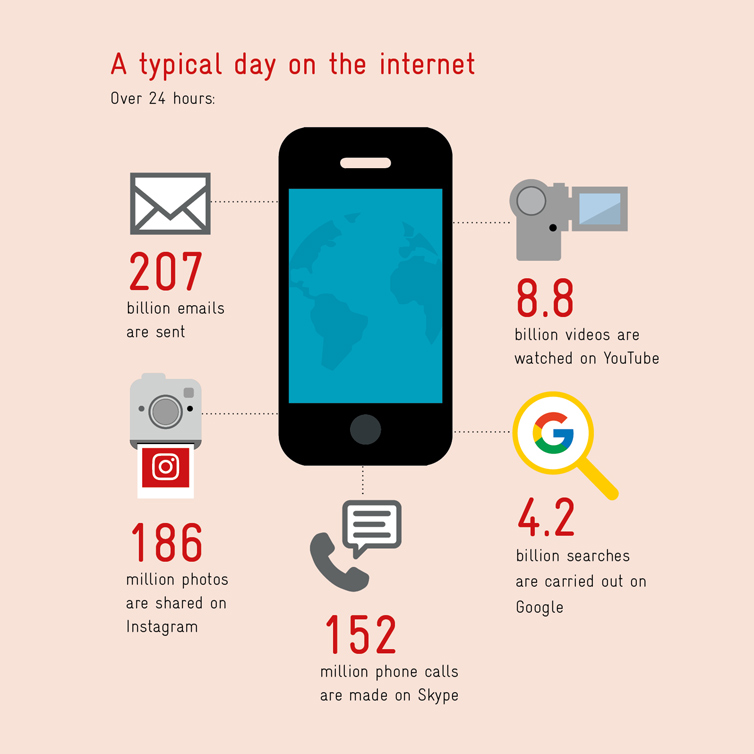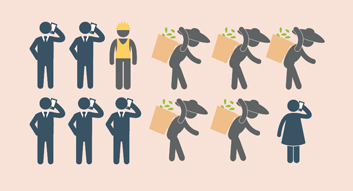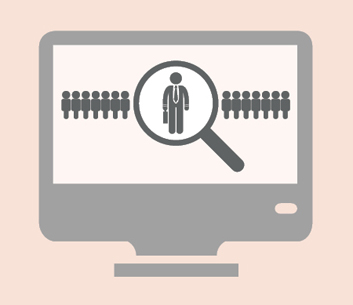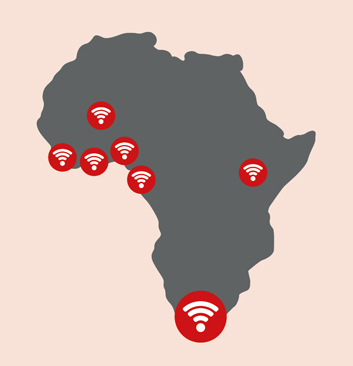Infographic: Digitalisation
The digital divide
We are in the midst of the fourth Industrial Revolution. It is changing everything – no area of life remains untouched. It is happening much faster than other major upheavals in the past – but not at the same rate everywhere. There are major differences between countries, regions and continents, between rural and urban areas, and between developed and less developed countries. The majority of those who are still offline live in developing countries and emerging economies. Most of them are women.
A typical day on the internet
Over 24 hours:

But not everyone has access to this digital world.
Poor connectivity

In the developed world, almost 85 per cent of households have a computer, compared with just 15 per cent in less developed countries.
The internet gap

Less than half the world’s population – 3.2 billion people – uses the internet. In the developed world, 80 per cent of people surf the web, compared with just 30 per cent in developing countries.
Women at a disadvantage

Worldwide, more men than women use the internet. In Africa, the difference is 23 per cent.
Cleaning up the payroll

Electronic ID systems are particularly useful in countries with weak governance. In Nigeria, for example, the system recognised that more than 60,000 public servants never came to work. The salaries being paid to these ghost workers were terminated.
Hotspots of innovation

In Africa, there are now 117 tech hubs –technology centres with start-ups and internet businesses. Most are based in South Africa, followed by Kenya, Nigeria and Ghana. Some have been set up in Mali, Cameroon and Togo.
Artificial intelligence

In IQ tests, computers already beat three quarters of their human challengers. By 2025, machines will outsmart even the cleverest human brain.
Internet access

Just 5 per cent of people on low incomes in sub-Saharan Africa have gained access to the internet since 2014. In South Asia, the figure is even lower – 4 per cent – compared with 66 per cent in the developed world.
An uncharted future

Many of today’s schoolchildren will be employed in an occupation that does not yet exist. In the USA, this applies to two children out of every three.
Out of this world

Nowadays, the average smartphone is far more powerful than all of NASA’s combined computing for the moon landing in 1969.
Sources: Süddeutsche Zeitung, UN Data, UNESCO, World Bank
published in akzente 1/18
‘A tool for development’
Interview: Digitalisation
Programmed for health
Report


